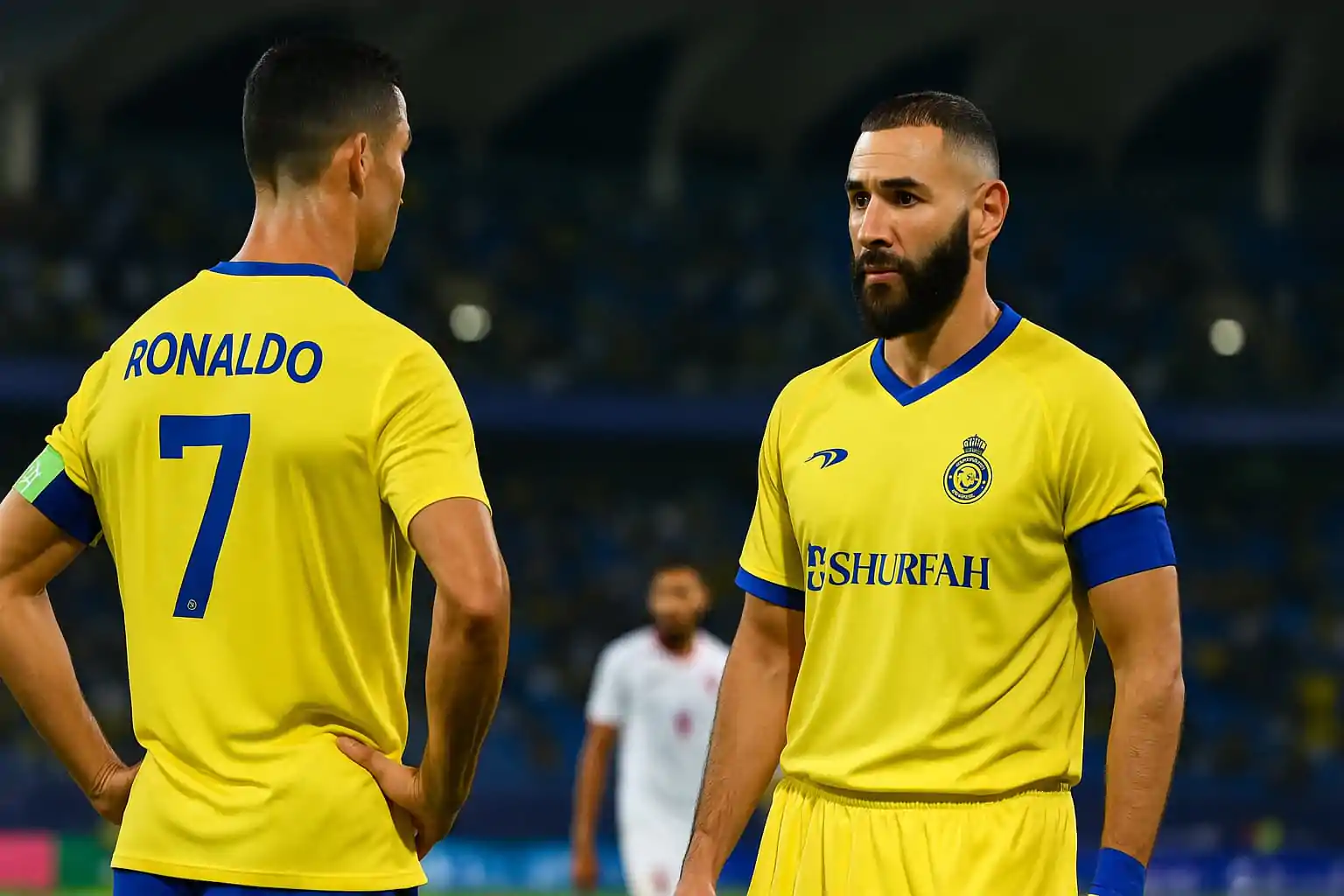The international football scene is undergoing a significant transformation. In 2024, one trend stands out among fans, analysts, and the industry itself: the migration of elite players to Arab football. Countries like Saudi Arabia, Qatar, and the United Arab Emirates are investing heavily to attract big-name players — and they’ve been successful.
But why are so many top talents leaving Europe’s biggest leagues to play in still-developing Middle Eastern leagues? The answer lies in a combination of financial, structural, and even cultural factors. Let’s explore the main reasons behind this shift in the global football landscape.
Limitless Investment
The financial factor is undoubtedly the main attraction. Arab clubs, especially in Saudi Arabia, are offering astronomical contracts, often exceeding what players were earning in Europe.
These investments come from state-backed funds with ambitious goals. Beyond sporting growth, the focus is on promoting international image, diversifying the economy, and positioning the country as a global powerhouse — also in football.
World-Class Infrastructure
In addition to high salaries, Middle Eastern clubs have been investing heavily in infrastructure. Modern stadiums, cutting-edge training centers, and highly qualified coaching staffs have been assembled to attract and retain elite athletes.
This structure provides players with conditions similar to — or even better than — those found in top European leagues.
Quality of Life and Stability
Another appeal for players and their families is the quality of life in cities like Doha, Riyadh, and Dubai. Safety, comfort, and a sophisticated lifestyle are important considerations for players seeking peace of mind off the pitch.
Additionally, Arab countries offer political and social stability, something that many athletes value when choosing where to live and work.
Star Power and Recognition
In European clubs, many elite players end up overshadowed by bigger stars or intense competition. In Arab leagues, these athletes assume central roles, becoming icons and leaders both on and off the field.
They also play an active role in transforming the local football scene, earning recognition not only as athletes but also as ambassadors of the sport.
Long-Term Vision
The arrival of renowned players in Arab football is not a passing trend. It’s part of a well-structured, long-term plan. With the 2034 FIFA World Cup set to be hosted by Saudi Arabia, there’s a strong movement to elevate the competitiveness of local leagues.
Signing top-tier athletes is part of a larger strategy, including technical development, federation modernization, and increased international visibility.
Government Support
Unlike many Western leagues, football in the Middle East receives direct government support. This backing includes financial resources, tax incentives, and streamlined legal procedures for signing foreign players.
This alignment between sports and public policy facilitates project execution and accelerates football growth in the region.
Commercial and Image Interests
Another key element is the strategic use of football as a soft power tool. Signing big stars helps Arab countries promote their image globally, increase tourism, attract investment, and reshape international perceptions.
By having high-profile players on their rosters, these countries gain exposure in media, social networks, and international broadcasts.
A Shift in Player Mindset
More and more players are realizing that their careers are short and financial opportunities like those offered by Arab clubs are once-in-a-lifetime. Unlike in previous years, when Middle Eastern football was seen as a “retirement league,” today it is viewed as a legitimate and strategic stage.
This mindset shift has contributed to a rise in the number of top-performing athletes making the move.
Influence from Other Players
The presence of stars like Cristiano Ronaldo, Karim Benzema, Neymar, Kanté, and others creates a ripple effect. When players of that caliber choose Arab football, others feel more confident in making the same decision.
These pioneer players act as catalysts for transformation and help build credibility for the project.
Challenges Still Exist
Despite all the advantages, Arab football still faces challenges. The competitive level of the leagues, local fan engagement, and football tradition are still developing.
There are also cultural and climate differences that require adjustment from players. However, with the current pace of investment, these barriers are likely to diminish over time.
A New Chapter in Global Football
Arab football is writing a new chapter in the history of the sport. The movement of elite players to the Middle East in 2024 is just the beginning of a broader transformation involving geopolitics, business, and entertainment.
What was once an exception is now becoming a trend. And all signs point to even more big names heading to Arab leagues in the coming years.

